
Chardonnay, Ortega, Pinot Noir…the UK produces over 5 million bottles of wine a year (English Wine Producers, 2015). But given the changes in climate occurring across the globe, this production is said to be on the up.
An increasingly hot topic in the media, the numerous negative consequences of global warming such as extreme weather events and rising sea levels are oftendiscussed. However, the resultant increases in average annual temperature and atmospheric CO2 concentrations have opened a window of opportunity for the UK wine industry. This increased wine production in England and Wales is now touted as the unexpected silver lining to climate change’s storm cloud.
With a predicted temperature increase of 2.2 degrees Celsius in the UK by 2100 (MetOffice, 2011), the success of grape varieties in Britain is a perfect example of the ways in which global environmental change can impact plant function.
Climate is a critical factor in viticulture (the growing of wine grapes) and increased levels of atmospheric CO2 have been shown to increase plant growth (Jakobsen et al. 2016). Bindi et al (2001) found that elevated atmospheric CO2 levels had a significant effect on the grapevine Vitis vinifera total fruit weight, leading to an increase in biomass of up to 45%. This is also the case for many other crop and wild plant species with 79 species reviewed by Jablonski et al (2002) producing more flowers, more seeds and a greater total mass.
This increased growth in response to elevated atmospheric CO2 can be attributed to plants fixing the CO2 through photosynthesis – the process through which plants produce glucose from carbon dioxide and water. Increased abundance of CO2 in the atmosphere leads to increased carbon fixation and hence more growth (Drake et al. 1997). As global warming trends continue, it is expected that many crops will exhibit increased growth rates as CO2 conditions become increasingly favourable.
However, whilst viticulture in the UK are experiencing a boom, vineyards elsewhere are struggling. For example, many grape varieties in Australia are no longer able to grow due to ongoing environmental change (Mozell & Thach, 2014). This is partly because whilst the atmospheric CO2 increase occurring is favourable for many crops, other factors such as temperature increase are not.
Temperature is a major determinant of plant development and can lead to reduced yield in crops by shortening the plants’ development stages (Craufurd &Wheeler, 2009). Increased temperatures can also vastly reduce the land area suitable for the growth of certain crops (Hannah et al, 2013). This reflects the reality of Australian viticulture at present and represents a threat to the future of many other crop species.
Ultimately, “wine grape production provides a good test case for measuring indirect impacts […] because viticulture is sensitive to climate” (Hannah et al, 2013). As such, it is important to continue investigating the impacts of environmental change on plants as it is possible that the success of viticulture in the UK represents the rise before the fall.
[497 words]
References:
Bindi, M., Fibbi, L. and Miglietta, F., 2001. Free Air CO 2 Enrichment (FACE) of grapevine (Vitis vinifera L.): II. Growth and quality of grape and wine in response to elevated CO 2 concentrations. European Journal of Agronomy, 14(2), pp.145-155.
Craufurd, P.Q. and Wheeler, T.R., 2009. Climate change and the flowering time of annual crops. Journal of Experimental Botany, 60(9), pp.2529-2539.
Drake, B.G., Gonzàlez-Meler, M.A. and Long, S.P., 1997. More efficient plants: a consequence of rising atmospheric CO2?. Annual review of plant biology, 48(1), pp.609-639.
English Wine Producers, 2015. English Wine Industry: Statistics, Facts and Figures. Available online at http://www.englishwineproducers.co.uk/background/stats/ [Accessed 17th March 2017]
Hannah, L., Roehrdanz, P.R., Ikegami, M., Shepard, A.V., Shaw, M.R., Tabor, G., Zhi, L., Marquet, P.A. and Hijmans, R.J., 2013. Climate change, wine, and conservation. Proceedings of the National Academy of Sciences, 110(17), pp.6907-6912.
Jablonski, L.M., Wang, X. and Curtis, P.S., 2002. Plant reproduction under elevated CO2 conditions: a meta‐analysis of reports on 79 crop and wild species. New Phytologist, 156(1), pp.9-26.
Jakobsen, I., Smith, S.E., Smith, F.A., Watts-Williams, S.J., Clausen, S.S. and Grønlund, M., 2016. Plant growth responses to elevated atmospheric CO2 are increased by phosphorus sufficiency but not by arbuscular mycorrhizas. Journal of experimental botany, 67(21), pp.6173-6186.
MetOffice, 2011. Climate: Observations, projections and impacts. United Kingdom [PDF]. Available online at http://www.metoffice.gov.uk/media/pdf/t/r/UK.pdf [Accessed 17th March 2017]
Mozell, M.R. and Thach, L., 2014. The impact of climate change on the global wine industry: Challenges & solutions. Wine Economics and Policy, 3(2), pp.81-89.
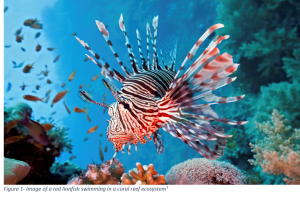
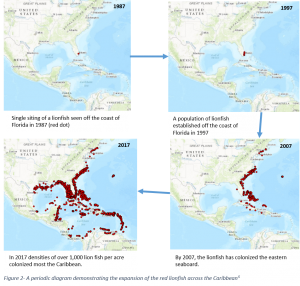
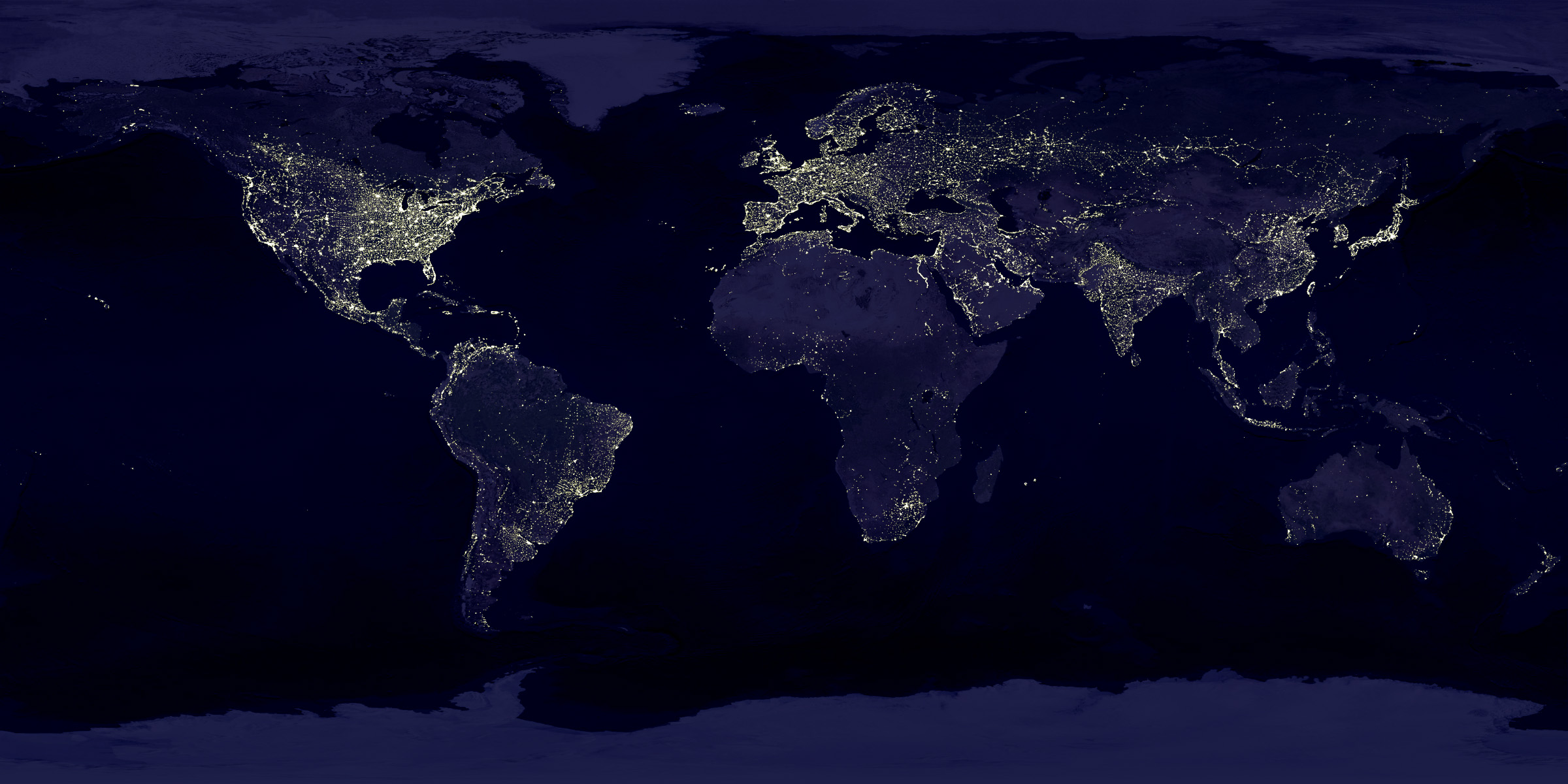
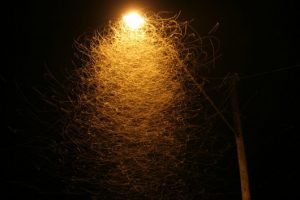
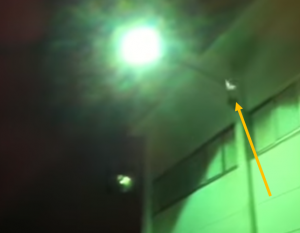





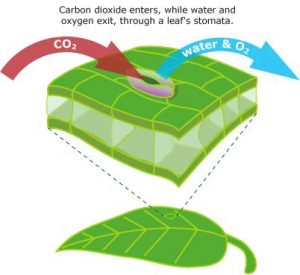
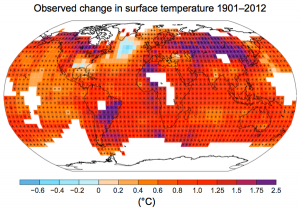
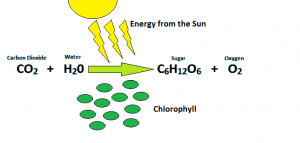
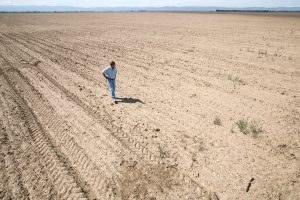

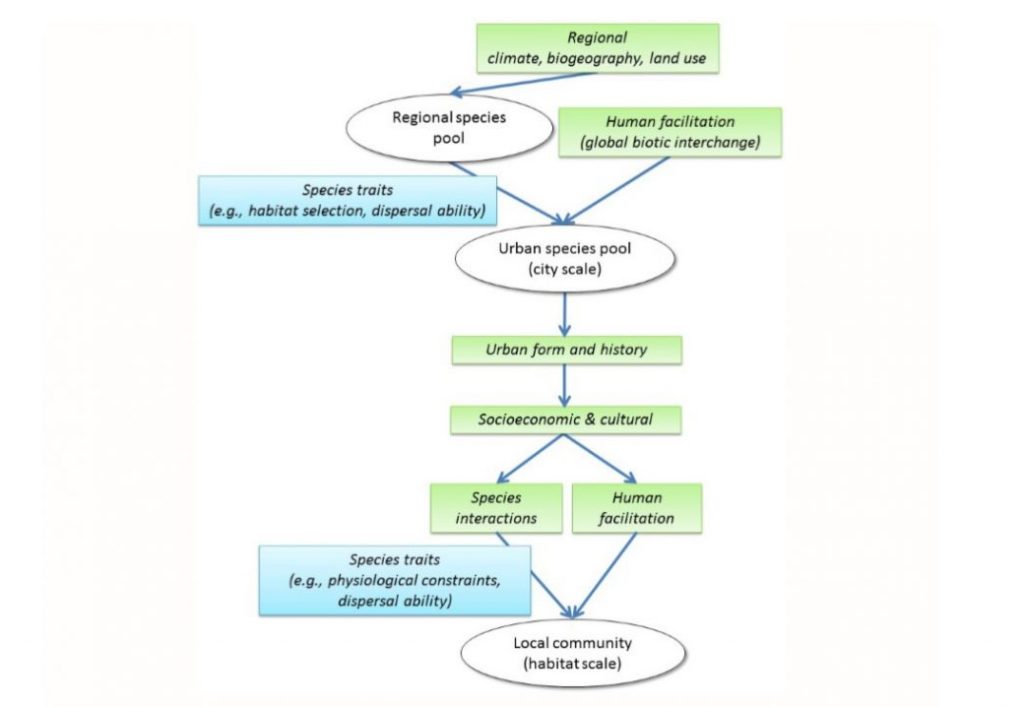
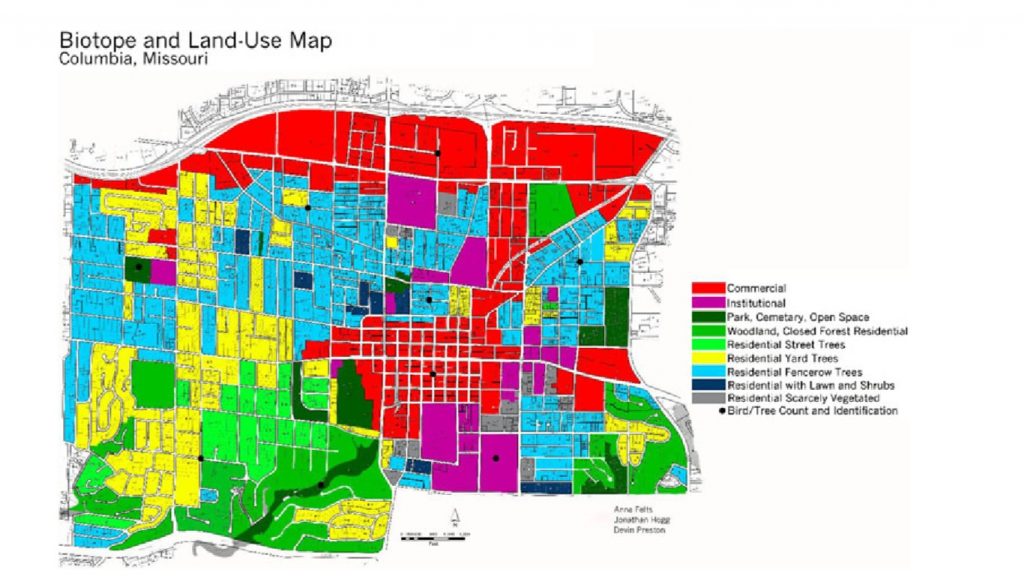
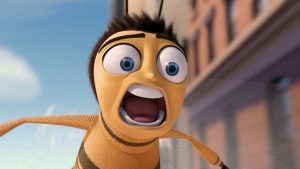
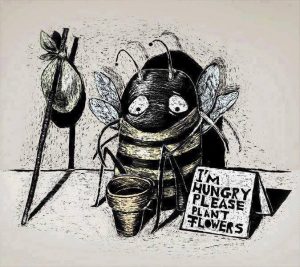
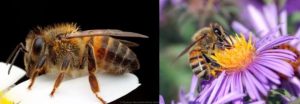
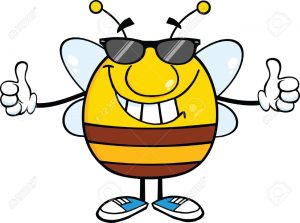

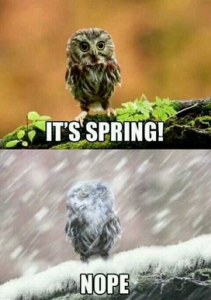
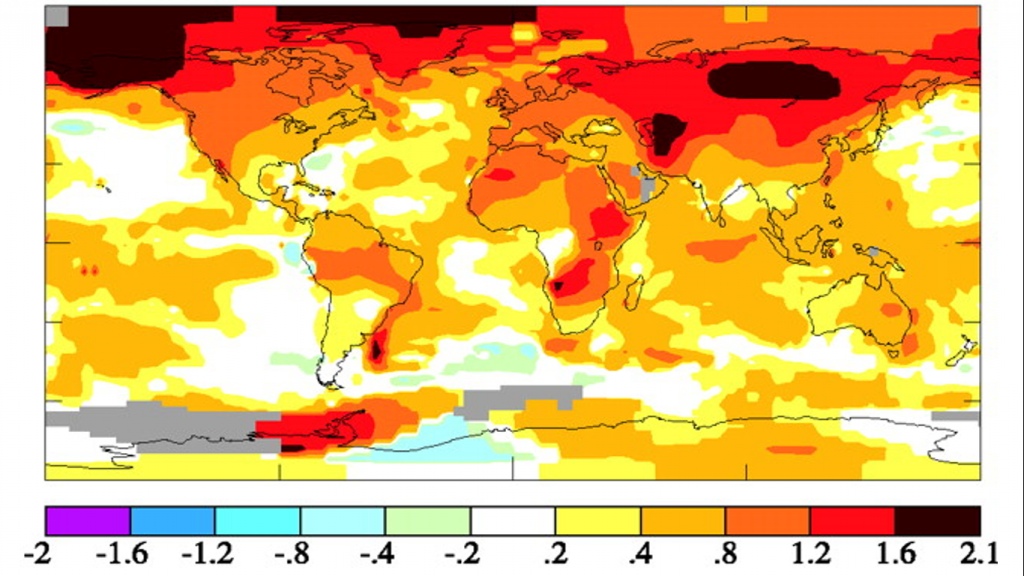
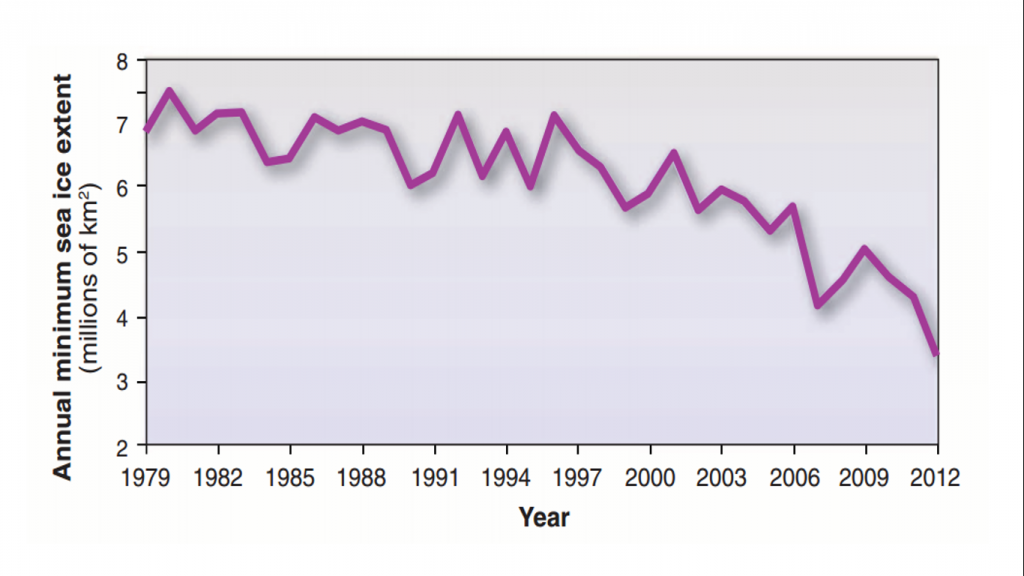
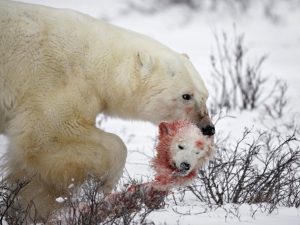
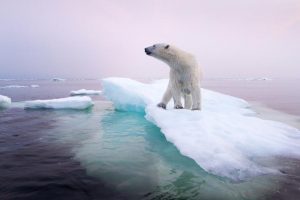
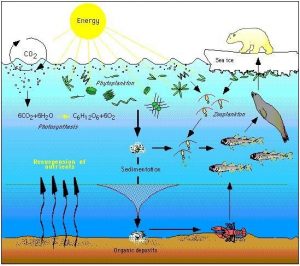
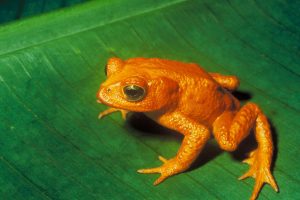
Recent Comments